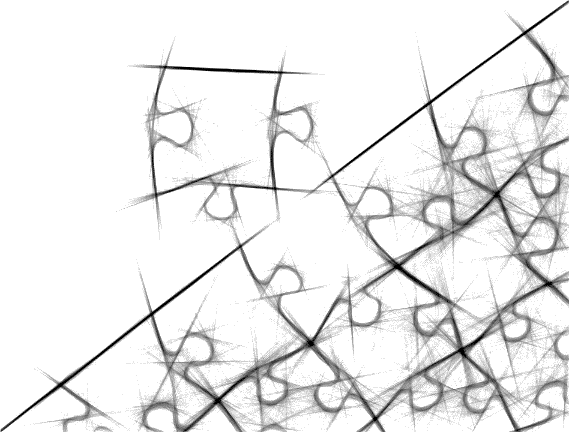“The act of remembering is more akin to putting puzzle pieces together than retrieving a video recording.”
We often reconstruct memories and experiences based on bias and social norms. These misinterpretations from respondents can have a serious impact on our ability as researchers to extract accurate and objective data, especially in qualitative settings. It made for a great topic of discussion during our recent roadshow in Melbourne and Sydney.
Utilising methods including eye-tracking, we are able to eliminate many of the errors associated with the think-aloud methodology.
How we should be reducing misinterpretations in usability research methods?
You can read more about reducing misinterpretations in usability research methods on James’ UX Magazine post – Rich app usability testing. In the workshop, we also covered the benefits and considerations for using eye tracking both on-screen and for in-store environments. The talk also had heaps of samples and tips for success both in study design and analysis.
For more information about how we use eye tracking for research purposes reach out to us on infoau@objectiveexperience.com.







